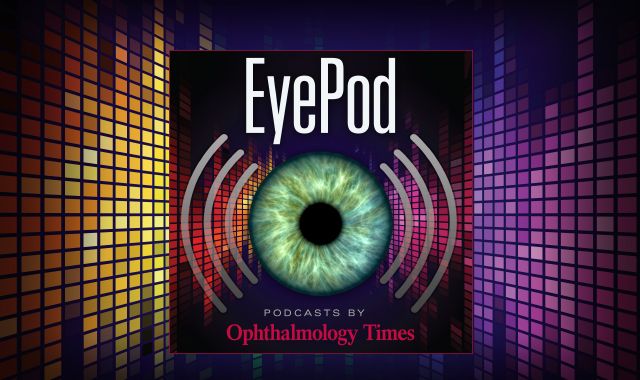News
Article
Association between the triglyceride-glucose index and central retinal artery occlusion
Author(s):
Key Takeaways
- A significant association was found between an elevated TyG index and CRAO, with higher values in the CRAO group.
- The TyG index was identified as an independent predictor of CRAO, with an odds ratio of 1.84.
The investigators set out to identify a correlation between the TyG index in CRAO in patients who had been newly diagnosed with the disease.
(Image Credit: AdobeStock)

Researchers in Turkey, led by first author Hatice Aslan Sirakaya, MD, reported a “notable” association between an increased triglyceride-glucose (TyG) index and central retinal artery occlusion (CRAO).1 Sirakaya is from the Department of Internal Medicine, Health Science University, The Kayseri City Hospital, Kayseri, Turkey. Investigators from the Department of Ophthalmology, Health Science University, The Kayseri City Hospital, and the Department of Ophthalmology, Maya Eye Hospital, both in Kayseri, joined in the study.
The investigators set out to identify a correlation between the TyG index in CRAO in patients who had been newly diagnosed with the disease.
The study included 51 patients and 50 healthy age- and sex-matched controls. All participants underwent an ocular examination and measurement of blood parameters. The TyG index was derived from fasting plasma glucose and triglyceride values. The average ages of the patients and controls were, respectively, 66.1 ± 8.9 and 64.9 ± 7.6 years.
The authors reported, “Significant differences in the TyG values were observed between the CRAO and control groups, with the CRAO group exhibiting higher values (8.74 ± 0.17 vs. 8.49 ± 0.22, P < 0.001).”
Multivariate analysis found that the TyG index was an independent predictor of CRAO (odds ratio = 1.84, 95% confidence interval = 1.19 – 4.23; P < 0.001). The area under the receiver operating curve for the TyG index was 0.789. A TyG index value over 8.58 predicted CRAO with 78% sensitivity and 68% specificity, the investigators reported.
They concluded that their data showed a notable association between the increased TyG index and CRAO. This finding indicated that the “TyG index could serve as a valuable predictive marker for assessing the risk of CRAO.”
Reference
Sirakaya HA, Ayyildiz B, Sert II, Kucuk B, Koca S, Sirakaya E. The role of triglyceride-glucose index in central retinal artery occlusion. Int Ophthalmol. 2025;45:82; https://doi.org/10.1007/s10792-024-03344-x
Newsletter
Don’t miss out—get Ophthalmology Times updates on the latest clinical advancements and expert interviews, straight to your inbox.





